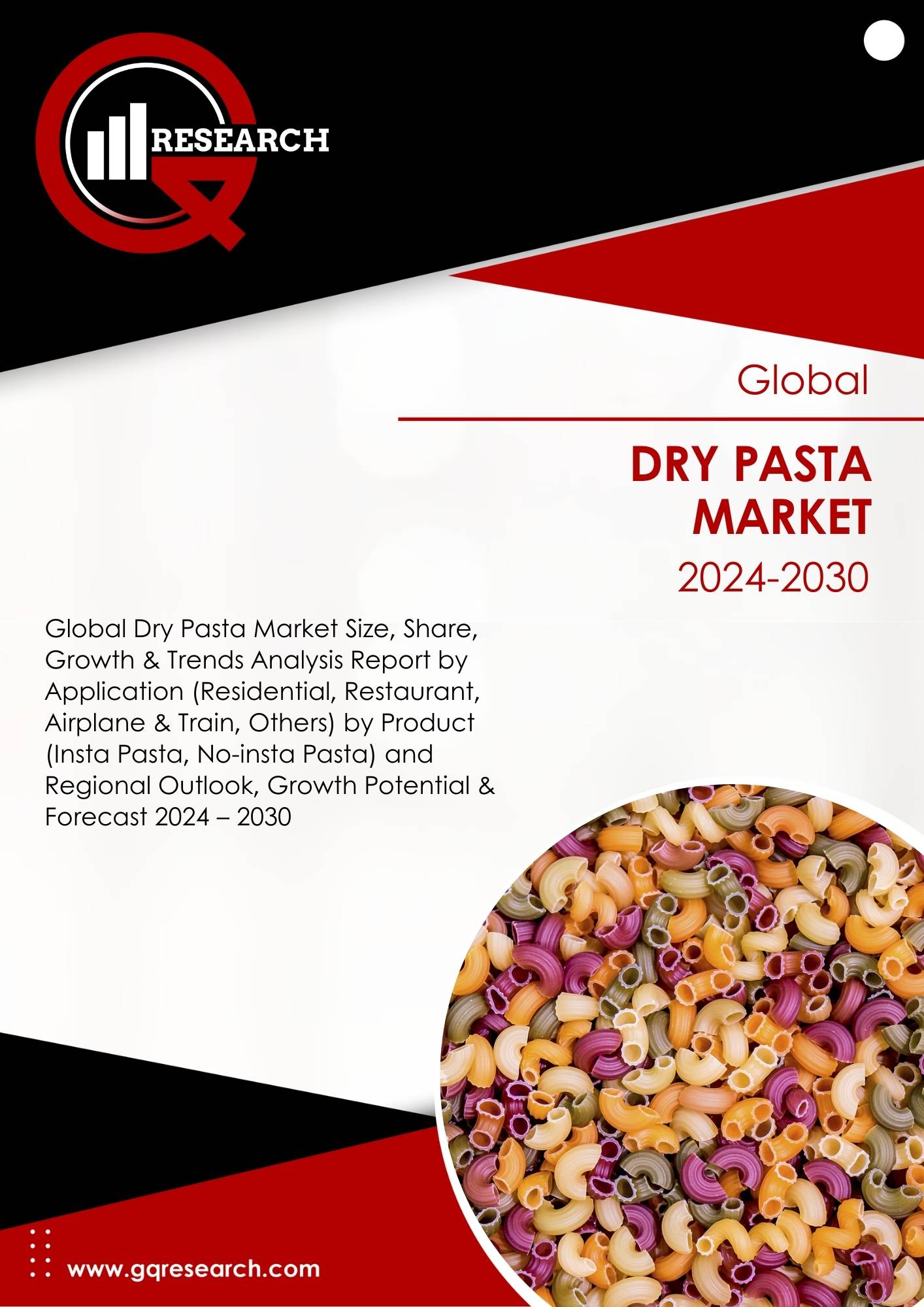Description
The Dry Pasta Market was valued at USD 120.98 billion in 2023 and is estimated to increase at a CAGR of 5.6% from 2023 to 2030, reaching USD 177.16 billion by 2030.
Market Overview
Dry pasta refers to pasta that has been dried to remove moisture, making it shelf-stable and ready for cooking. Dry pasta is made using semolina flour, water, and salt. Dry pasta is also a budget-friendly source of carbohydrates, providing energy for our bodies.
Dry pasta has always been a high demand for various reasons. It is a very useful tool in most modern homes because it can easily be stored away. Consumers can even store it in the kitchen and use it to make meals occasionally since it has a long shelf life. Similar to its counterparts, dry pasta is also quite flexible and is applicable in various dishes, much like spices which are used as a seasoning ingredient for various meats and vegetables. Moreover, it does not include the soaking method which is more expensive than the drying method and also makes the product available to the mass market. It is flexible in the pantry since it is stored for months without losing its quality and also it helps in reducing food wastage since nothing gets wasted. Its long shelf life also makes it ideal for places where people may be cut off from supplies or in disaster conditions.
Every industry in the world expects to see how the COVID-19 outbreak will affect the manufacturing industry, and the food industry is no different from other industries. However, the difference between the food industries and other industries to produce products that are essential for daily life. The closure of restaurants and food service establishments significantly impacted the demand for pasta products used in commercial settings. This forced pasta manufacturer to pivot their focus toward retail sales to compensate for the loss of food service revenue. There was a surge in demand for dry pasta as consumers stocked up on shelf-stable pantry items due to lockdowns and uncertainty about food availability.
Global Dry Pasta Market: Growth Drivers
-
Health Awareness:
As people become more conscious of their health and nutrition, there is a greater demand for gluten-free and whole wheat pasta.
-
Product Innovation:
Companies are always developing new forms, styles, and even flavours of pasta to stay up with their customers’ changing tastes and preferences, thereby extending the market.
Global Dry Pasta Market: Restraining Factors
-
Health concerns:
Though some pasta has health advantages, high carbohydrate content, calorie levels, and gluten intolerance limit their growth in markets.
-
Price fluctuation may cause barriers in the industry:
Fluctuations in raw material prices, particularly wheat, can impact production costs, affecting profit margins for pasta manufacturers.
Global Dry Pasta Market: Opportunity Factors
-
Healthier Alternatives:
The market within this segment still requires the growth of unique pasta products with other types of grains like quinoa, rice, Mediterranean chickpea, and lentil pasta as well as those whose ingredients are vegetable source, such as spinach or beetroot pasta. These alternatives have more protein and only moderate carbohydrates but are not as bad as the blond wheat tortilla is gluten-free, this makes them better options for the health conscious and those who have to be careful with the foods they eat.
-
Organic and Natural Products:
Consumers have now also shown interest in naturally grown food products that are chemical and pesticide free and with no artificial additives added. This enables manufacturers dictate on how to make their products in such a way that best organic dry pasta must be eco-friendly hence will attract such consumers.
Global Dry Pasta Market: Challenges
-
Raw Material Price Volatility:
Fluctuations in the prices of key ingredients such as wheat can impact production costs for pasta manufacturers. Managing these cost fluctuations while maintaining product quality and competitive pricing presents a significant challenge.
Global Dry Pasta Market: Segmentation
Based On Application: The market is segmented into residential, restaurant, airplane & train, and others.
Based On Product: The market is divided into Insta Pasta, No-insta Pasta.
Based On Region: Based on Region, the market is segmented into five key geographical regions namely – North America, Europe, Asia Pacific, Latin America, and Middle East & Africa.
Global Dry Pasta Market: Regional Insights
Europe is currently the leading region in the pasta market in terms of pasta sales, Europe is currently the top region. Demand is driven both domestically and globally by the high regard that Italian pasta, in particular, enjoys for its authenticity and excellence. Aside from Italy, other nations with developed pasta markets include Germany, France, and Spain. These nations’ robust local preferences for various pasta brands and variations contribute to Europe’s dominant position in the global pasta industry. While the dry pasta market is large in North America, consumption is not as high as it is in Europe. But there’s an increasing demand for specialty pasta, such as gluten-free and whole-wheat varieties. Due to increased urbanization and disposable money, the Asia Pacific area has a lot of growth potential. But in many of these nations, rice continues to be the most popular staple food.
Rice remains the dominant staple food in many countries in this region. Brazil also has a sizable pasta market, with pasta being a popular and affordable meal option for many Brazilians. Both local pasta brands and international ones coexist, catering to diverse consumer preferences.
Global Dry Pasta Market: Competitive Analysis
Agnesi, American Italian Pasta Company, Barilla, Colavita, Divella, Garofalo, Giovanni Rana, Mueller’s Pasta, Buitoni, Pastificio Felicetti.
Global Dry Pasta Market: Recent Developments
- Divella: On April 9, 2019 Pasta Divella on focus at the cibus connect of Parma- flavors of the Mediterranean passion at the food fair.


